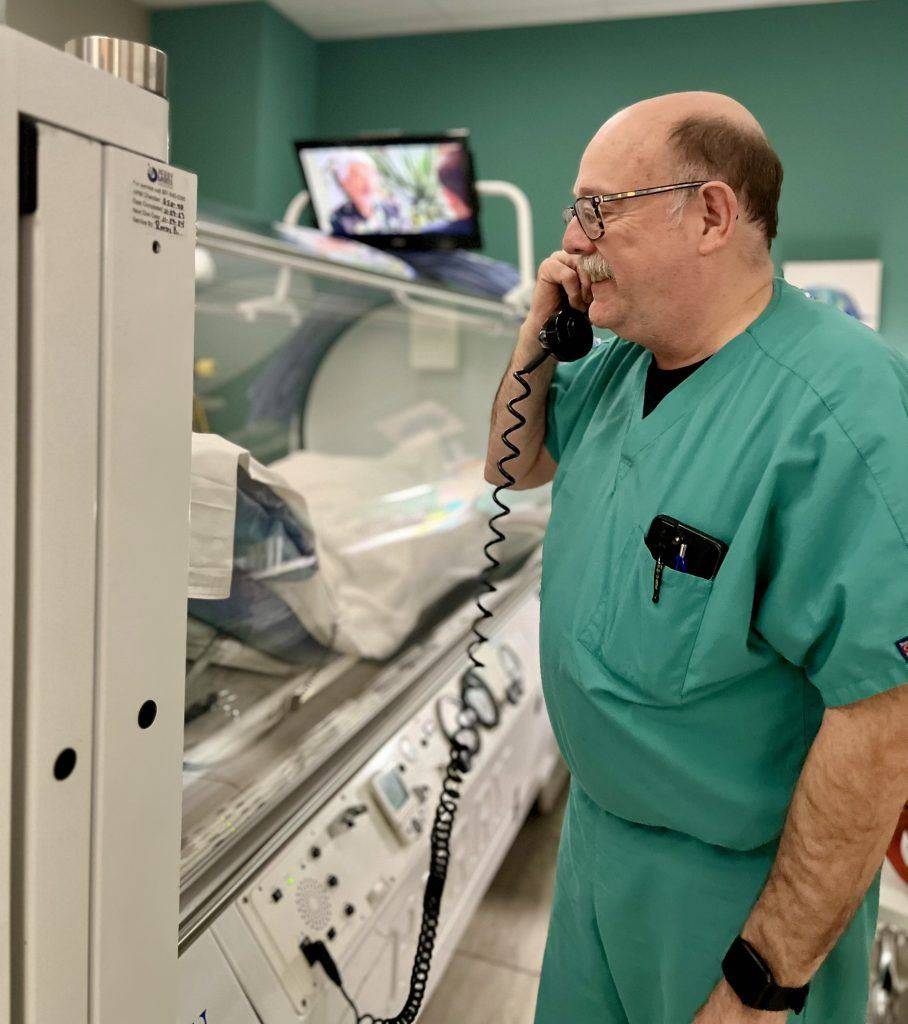Did you know that around 1 in 20 people under the age of 40 years old are diagnosed with Parkinson’s Disease each year?
Five patients with a history of Parkinson’s Disease (PD) were treated with Hyperbaric Oxygen Therapy (HBOT) for 1 hour at 1.5-2.0 ATA. All 5 patients reported a decrease in tremors and an improvement in general well-being.
The patients underwent an initial course of 10 treatments and were allowed to continue treatment as needed until they perceived a plateau in benefit. The treatment benefit appeared sustained for approximately 1-5 months, and was re-established following additional HBOT. There were no complications.
HBOT may be a safe and effective treatment option for patients with PD.
PD is a progressive neurological disorder affecting at least 500,000 people in the United States. Parkinsonian Syndrome (PS) includes the idiopathic or typical PD which accounts for 85% of PS cases, neuroleptic-induced which accounts for 7-9% of PS and is reversible, and other types such as progressive supra nuclear palsy, multiple systems atrophy, corticobasal degeneration, vascular, toxins, and recurrent head trauma, all accounting for less than 10% of cases.
It has been demonstrated that even early stage PD exhibits a subnormal response to hypoxia. A discrepancy in ventilatory response to isocapnic, progressive hypoxic rebreathing in PD patients under minor and severe hypoxia was felt to be due to a dysfunction in chemoreception. The reduction in alveolar ventilation could not be attributed to mechanical restriction of lung function, and was unrelated to whether or not the patient was being treated with dopaminergic drugs.
